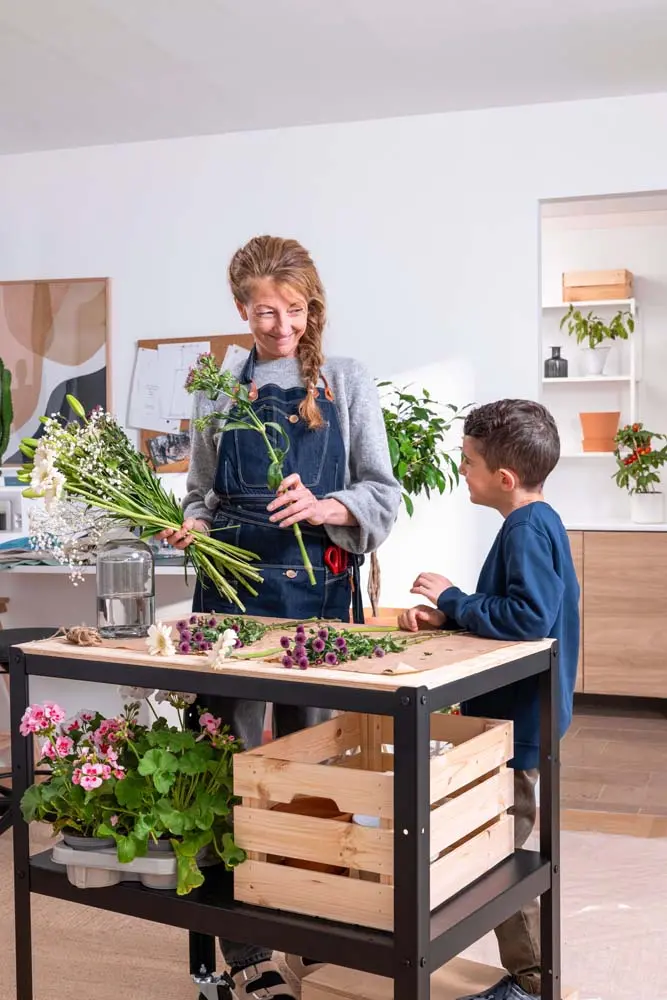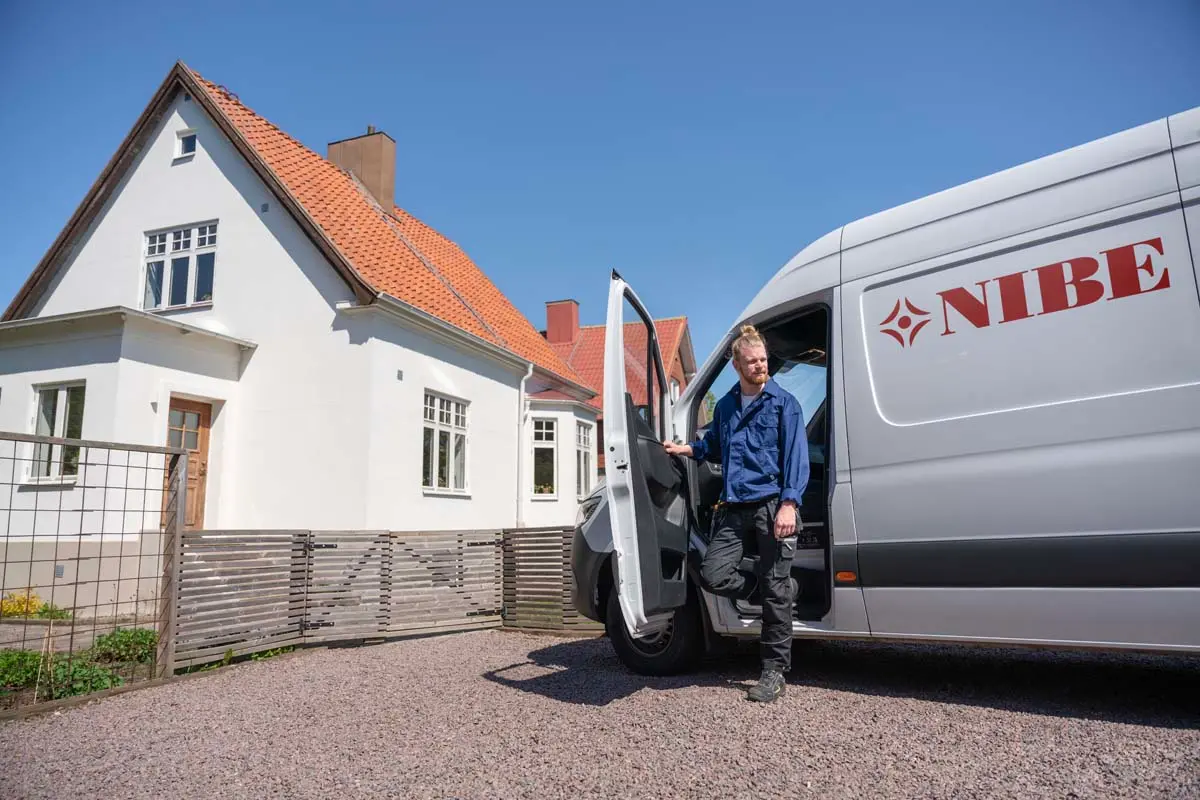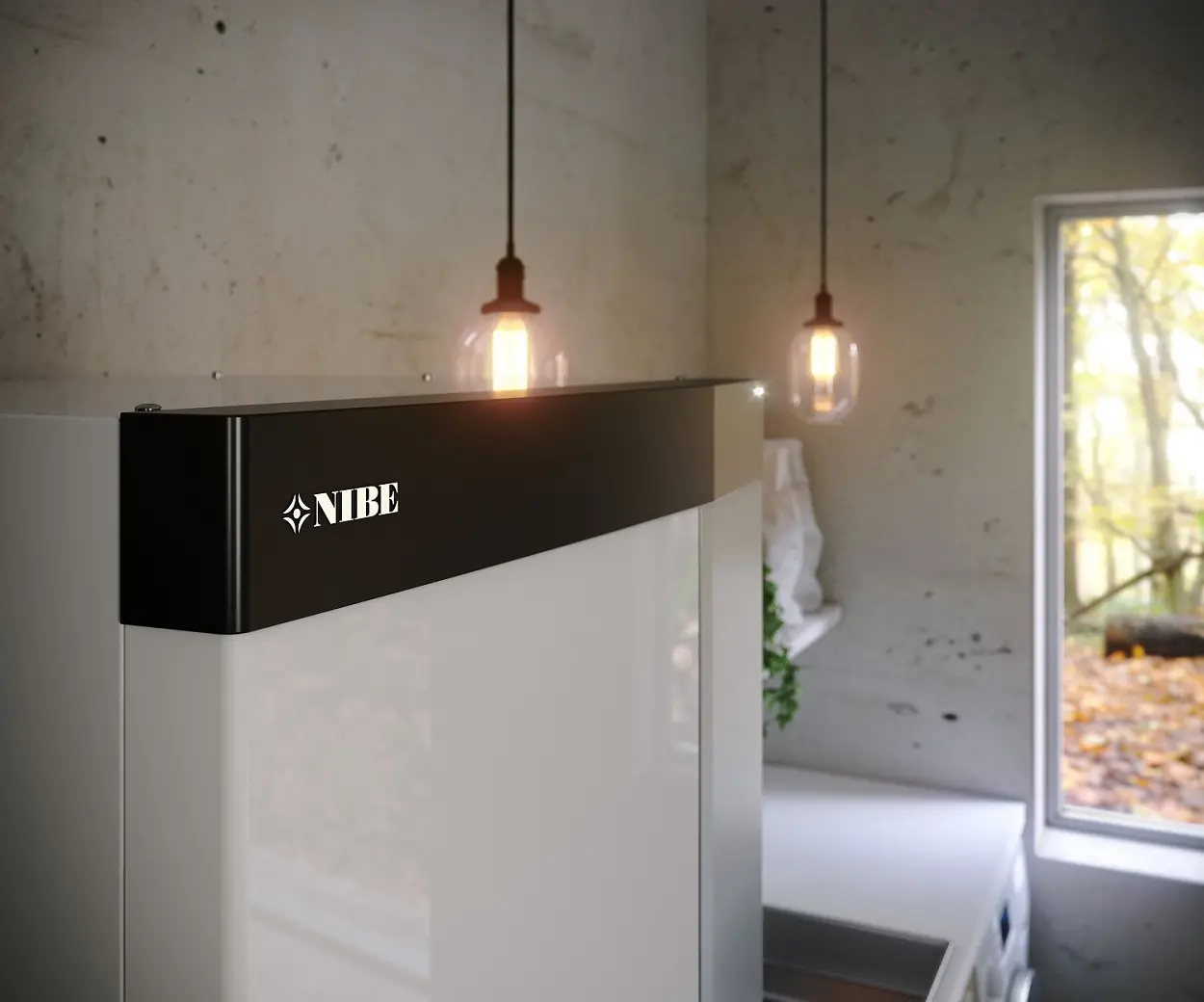
How to make your home more energy efficient
A basic requirement for any modern-day home is that it’s energy efficient. By using less power, homeowners are able to save money and reduce their carbon footprint – a win-win scenario for all concerned.
However, unless your property has been built recently, you may find that you need to invest in some home improvements in order to achieve greater energy efficiency. With government plans to ensure as many UK homes reach an EPC rating of C by 2035, now is a good time to start investing in some energy-saving measures.
How energy efficient is my home?
In this article, we discuss how to make your home more energy efficient, sharing our top tips for creating a greener home.
In order to assess how energy efficient your home is and what needs to be done to make improvements, you need to look for the rating listed on your recent Environmental Performance Certificate (EPC). You can find an energy certificate for your property using the government’s EPC register.
If your EPC has expired or you don’t have one, you should arrange to have one completed. If you do pursue any energy-saving improvements for your home, you’ll need to get another EPC so it reflects your new rating. This is important as it can add value to your property.
Before you start making any changes to your home, it’s vital to do your research and assess which options are best for you. This means thinking about costs, potential energy savings, disruptions to your home life while work is ongoing, and any other personal considerations.
Top tips to make your home more energy efficient
You can start saving money on your energy bills and improving your carbon footprint by following some of these ideas to make your home more energy efficient. Install a heat pump
1. Install a heat pump
One of the best ways to reduce your bills and be more energy efficient is to upgrade your heating system by installing a heat pump. A heat pump uses electricity to transfer heat from one place to another in a building, providing both heating and cooling. For example, in the winter, a heat pump extracts heat from outside a building and moves it inside, while in the summer it moves indoor heat outside.
As heat pumps use electricity and don’t burn any fossil fuels, they emit no carbon dioxide and are environmentally friendly. Long-term, you should also see your energy bills start to drop, thanks to producing two to three times more heat output than they consume in electricity input.
You can find out more about market-leading heat pumps here.
2. Double glazing
The tried and tested method of upgrading your windows to double glazing will mean you won’t need to use as much energy to heat your home. In doing so, you should feel the instant benefits of having two panes of glass, helping to keep the rooms in your home suitably warm.
Other advantages associated with double glazing include:
- Reduces noise from traffic and neighbours
- More beneficial when selling your property
- Makes your windows more aesthetically pleasing
3. Loft insulation
Arguably the easiest and most cost-effective method for improving your home’s energy efficiency is to install loft insulation. It will also cause little disruption to day-to-day living in your home while the work is carried out.
Remarkably, over a quarter of heat is lost through the roof if it’s poorly insulated, which means fixing this issue will help reduce heat loss and save you money on your energy bills. The material used depends on your budget and is laid between the joists or the rafters.
4. Cavity walls and internal walls insulation
Even more heat is lost through the walls of a property than the roof, equating to around a third. Therefore, with the help of cavity walls and internal walls insulation, you can reduce how much heat you lose significantly.
It’s worth noting that if your home was built more than roughly 100 years ago, it may have solid walls instead of cavity walls. If this is the case, then internal wall insulation is a viable option and involves fitting insulation boards to the walls inside your home. Interestingly, solid walls let twice as much heat escape as cavity walls, which makes this method for insulating your home even more worthwhile.
With a cavity wall, you will have two walls built with a gap in between them. This gap is insulated by drilling holes through the outside walls and injecting the insulation material inside before ceiling the holes off.
5. Solar panels
While the upfront cost of installing solar panels is expensive, it’s easily one of the most effective ways of reducing your energy consumption. By capturing energy from the sun and converting it into electricity, solar panels are a great way of generating your own renewable electricity with minimal damage to the environment.
Solar energy is becoming more affordable all the time, which means that this energy-saving measure is increasing in popularity across the UK and the wider world.
You can find out more about some of the best solar products in the business here.
6. External wall insulation
If your interior walls and cavity walls are already insulated, then the next step could be to insulate your external walls. This involves fixing a layer of insulation material on your home’s outside walls, before covering it with plasterwork or cladding that’s designed to compliment the exterior of your home.
Although not as popular as other forms of home insulation, this is still a good option when trying to make your property as energy-efficient as possible.
So, there you have it, our top tips to make your home more energy efficient. By following the advice in this article, not only will you be saving money on your energy bills, but you’ll also be significantly reducing your carbon footprint and helping the fight against climate change.

Talk To A NIBE Expert
Had more thought about getting a heat pump installed?
Speak to a NIBE Expert today about your project and we'll put you in touch with one of our NIBE Pro Installers.

